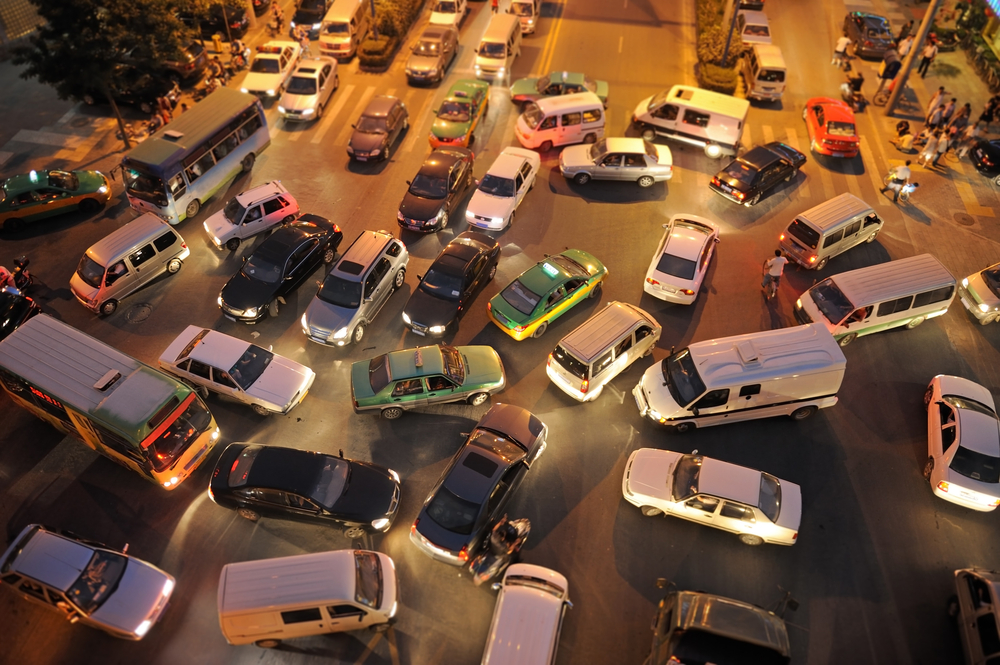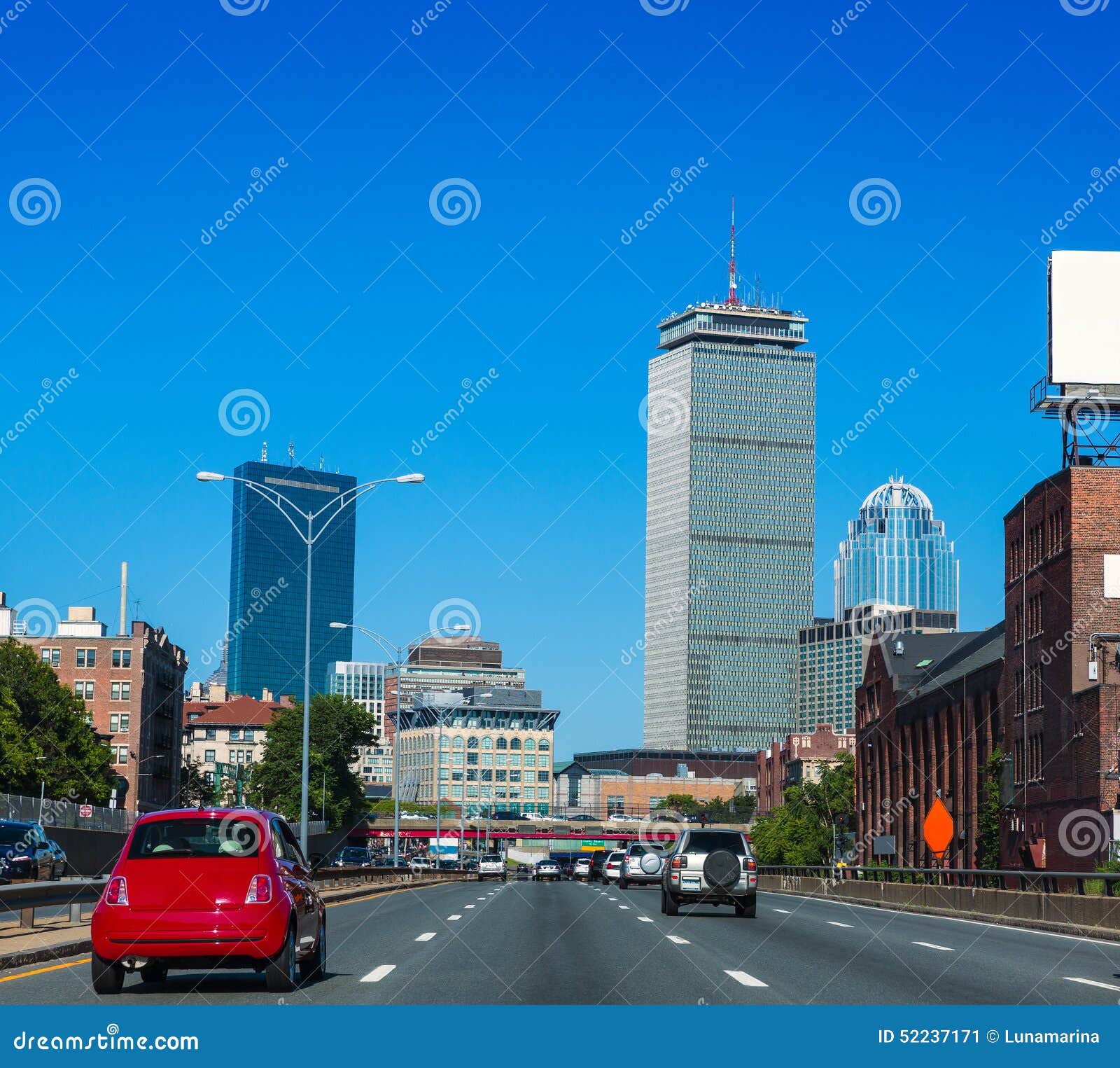

Known as a bicycle “green wave”, these progression speeds of 11-15 miles per hour will allow bicyclists to travel along a corridor without having to worry about signalized delays. Traffic engineers will now have the authority to use shorter cycle lengths to reduce delays for all users, especially pedestrians.įurthermore, Boston Transportation Department (BTD) will encourage the use of slower coordination speeds, including on bicycle-priority roadways, to reduce speeding and delays. Photo by Petru Sofio.īoston’s new signal policy will change that. Traffic signals on Beacon Street in Back Bay are programmed such that anyone traveling at 25 mph will not hit any red lights. While well-intentioned, this policy often left bicyclists and pedestrians waiting at the curb, as vehicles flowed smoothly in a prioritized manner. All the signals must run on the same cycle length to coordinate traffic signals, based on timing at the busiest traffic signal on the corridor. Traffic signals along long corridors, like Beacon Street in Back Bay, are often coordinated to allow vehicular traffic to proceed without hitting red lights.

Boston traffic drivers#
While these elements serve drivers of private vehicles well, they do not take into consideration the safety of the most vulnerable on our streets.īy introducing several reformed guidelines at signalized intersections across the city, Boston will refocus on what matters most: safe streets for all. Foundational elements of traffic signals included “level of service,” a factor that measures average vehicular delay and lane capacity. Historically across the United States, traffic signals have only been seen as measures to reduce congestion. Recommended Wu Admin Announces ‘Safety Surge’ of Traffic Calming for Neighborhood Streets


 0 kommentar(er)
0 kommentar(er)
